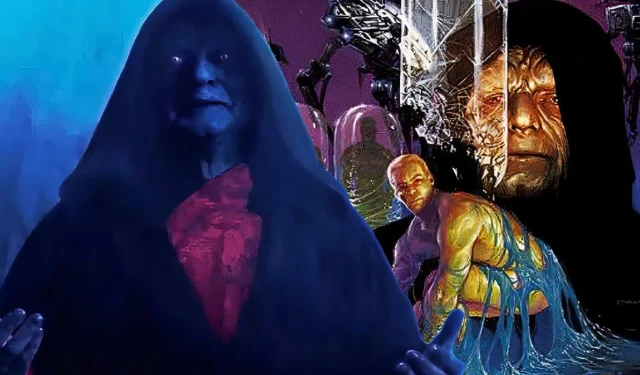
Emperor Palpatine made a notorious comeback in the Star Wars film series, characterized by the infamous line, “Somehow, Palpatine returned.”While various media, including live-action films, animated series, and canon comics, have made attempts to clarify the circumstances of Palpatine’s revival, the failure to provide a comprehensive explanation in The Rise of Skywalker highlights its shortcomings compared to the original narrative in Star Wars Legends.
The Dark Empire Trilogy from Star Wars Legends delivers a more thorough account of Emperor Palpatine’s resurrection following the events of Return of the Jedi. Most notably, it shares the fundamental premise with the sequel films: Palpatine’s essence lingers on after the destruction of his physical form aboard the Second Death Star, taking refuge in a fragile clone body until a more suitable host becomes available. However, the Legends version embellishes this storyline with numerous compelling details that enhance the overall narrative, ten of which stand out prominently.
10
Star Wars Legends Explained Palpatine’s Resurrection Process
Emperor Palpatine’s Spirit Was Guided Back to Life by Long-Dead Sith
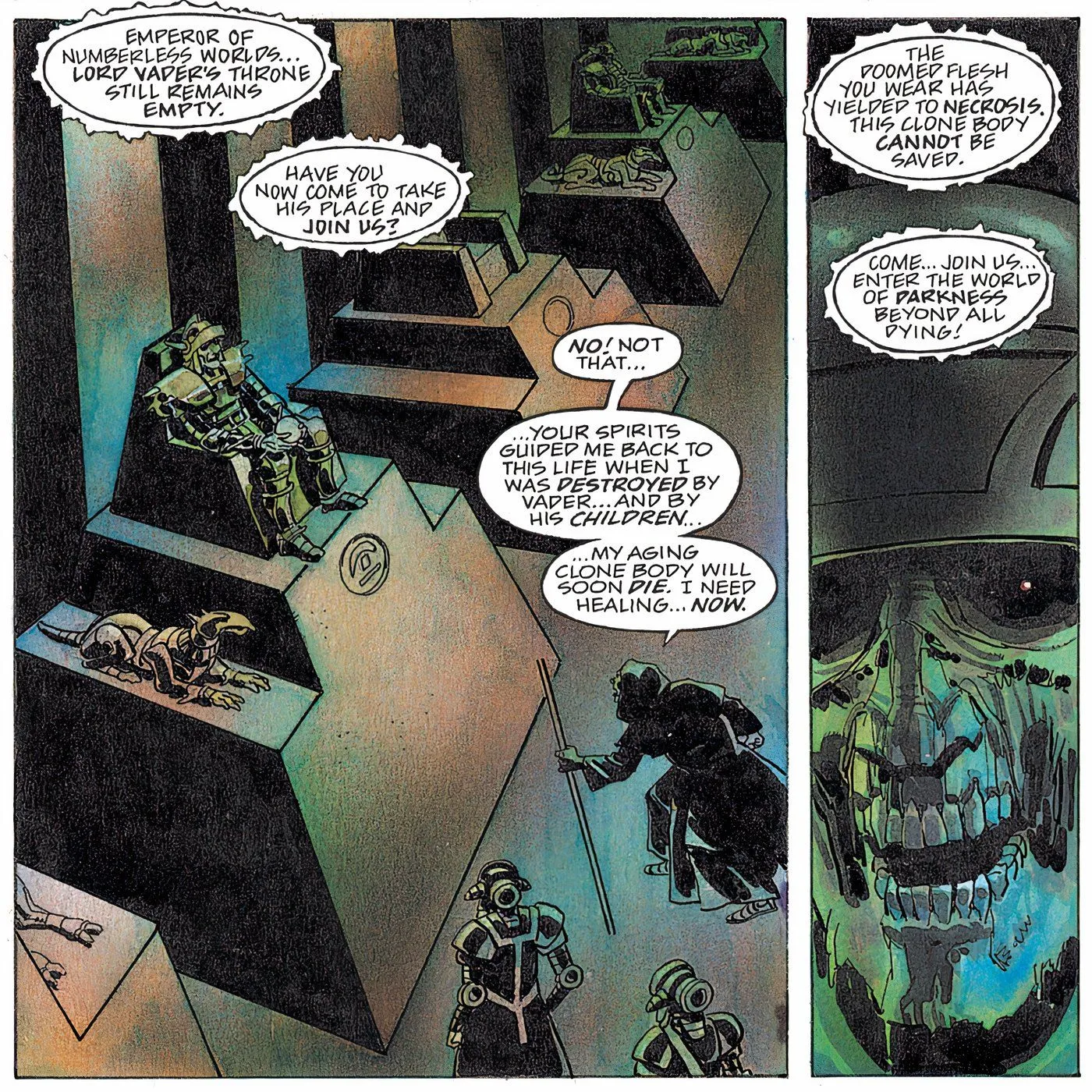
To begin with, the Dark Empire’s rendition of Palpatine’s return is significantly more satisfying than the version seen in The Rise of Skywalker, primarily due to its clarity. In the Dark Empire Trilogy, Palpatine ventures to an ancient site known as the Sith Necropolis, where the spirits of deceased Sith Lords linger in a realm between life and death. It is here that the narrative reveals how these spirits aided Palpatine’s return, guiding him to appropriate clone bodies that awaited his possession.
Upon his demise with the Second Death Star, Palpatine’s ghost found itself without a nearby clone or host, necessitating the backing of the ancient Sith spirits to navigate the transition back to the physical realm.
9
Star Wars Legends Avoided the Pointless Snoke Fake-Out
Emperor Palpatine is the Main Villain From the Start of His Resurrection
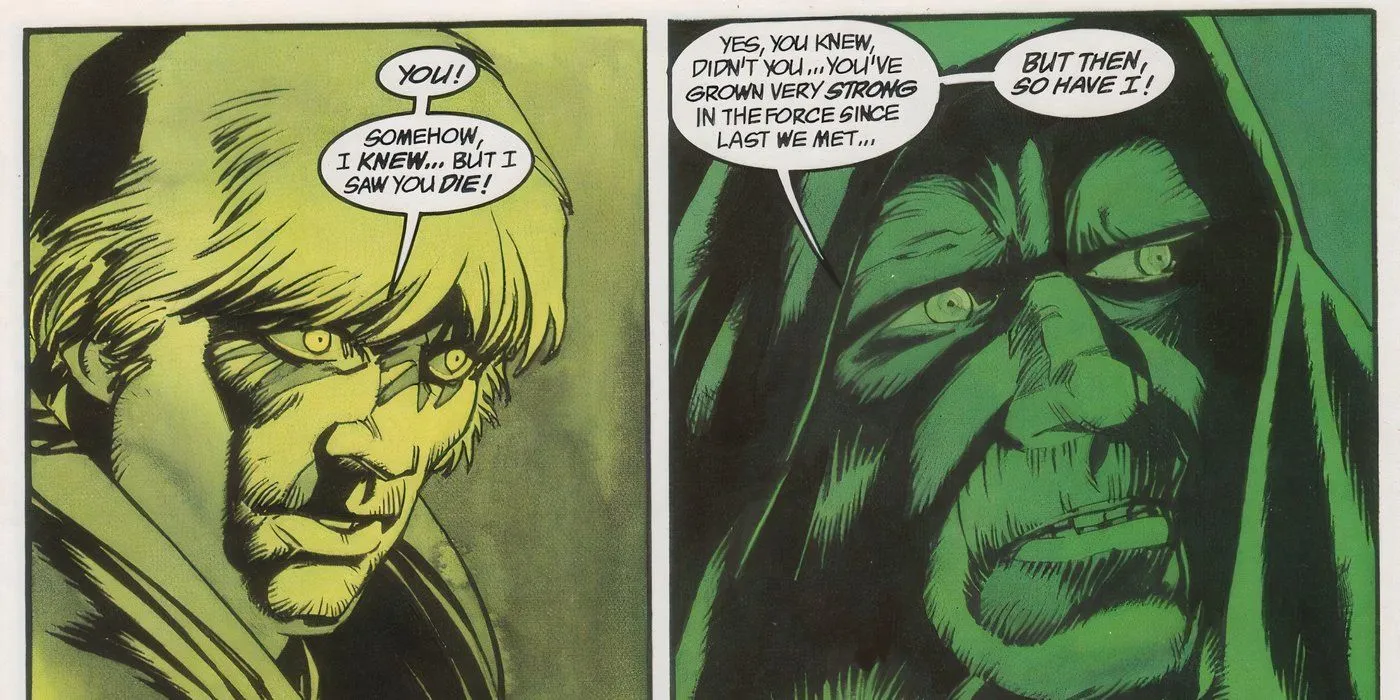
In the sequel trilogy, Palpatine was not revealed as the central antagonist until the third installment. The initial two films instead centered around Supreme Leader Snoke, whose identity shrouded in mystery until it was ultimately revealed that he was merely a clone manipulated by Palpatine. This misdirection felt largely unnecessary.
Conversely, Dark Empire establishes Palpatine as the primary adversary from the outset, fostering a narrative rich in depth. This choice allows for an exploration of the Sith’s necromancing practices, culminating in a story that does not leave audiences craving additional depth by the end of Palpatine’s arc.
8
Star Wars Legends Presented Palpatine as a Younger, Battle-Ready Fiend
Emperor Palpatine Got a New Look with Exciting Storytelling Potential
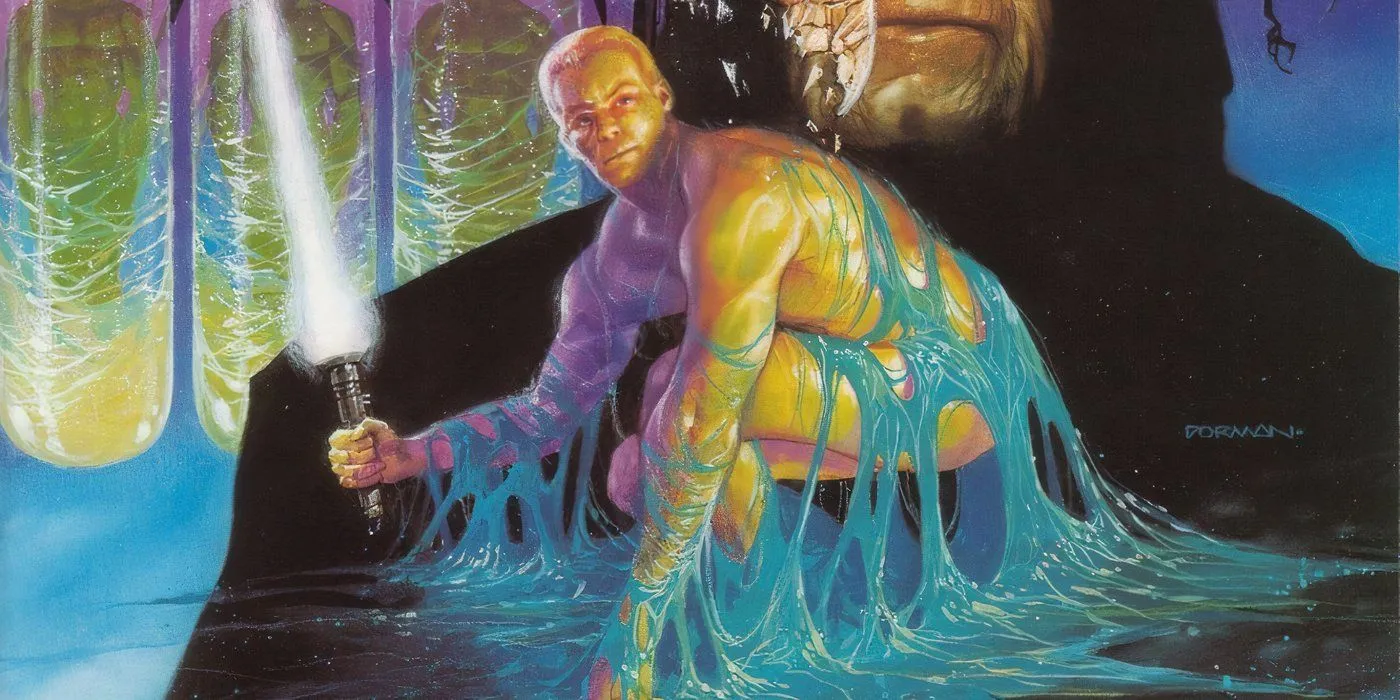
In The Rise of Skywalker, Palpatine appeared weaker than he had in the earlier trilogies. Despite his capacity for lightsaber combat as established later, he largely spent his time seated on a throne, summoning Force-lightning. This limited portrayal failed to innovate or excite audiences.
In contrast, Dark Empire showcased Palpatine inhabiting a younger and more formidable clone body. Unlike the diminished form presented in the sequel trilogy, Dark Empire aimed for originality, elevating the story’s intrigue while adding fresh momentum to his character.
7
Star Wars Legends Gave Leia the Chance to Shine as a Jedi Against Palpatine
Emperor Palpatine Regarded Leia as a Jedi and Commended Her Skills
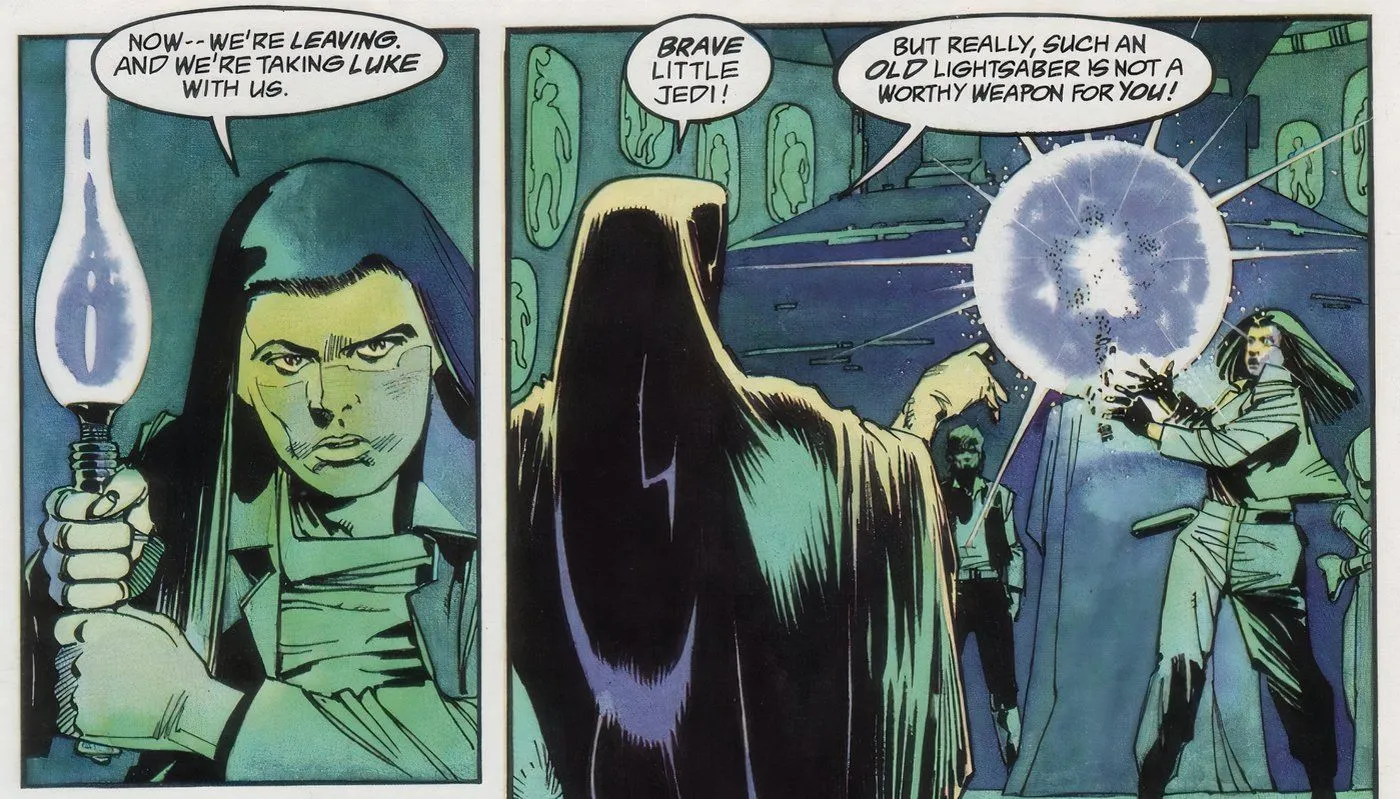
The sequel trilogy touched upon Leia’s potential as a Jedi minimally, mostly relegating her moments of power to a brief flashback and one scene where she tapped into the Force to save herself in space. Despite being a significant character, her Jedi training and potential felt largely abandoned. Fortunately, the Star Wars Legends narrative allowed Leia to display her capabilities in a robust way.
In Dark Empire, Leia steps forward when Luke becomes corrupted by Palpatine’s influence, utilizing her Force abilities and lightsaber skills to rescue him. Palpatine’s respect for Leia grows as she successfully blocks his attempts to invade her mind, demonstrating her strength and value as a Jedi.
6
Star Wars Legends Chose a More Suitable Host for Palpatine than Rey
Emperor Palpatine Nearly Possessed Leia’s Youngest Son, Anakin
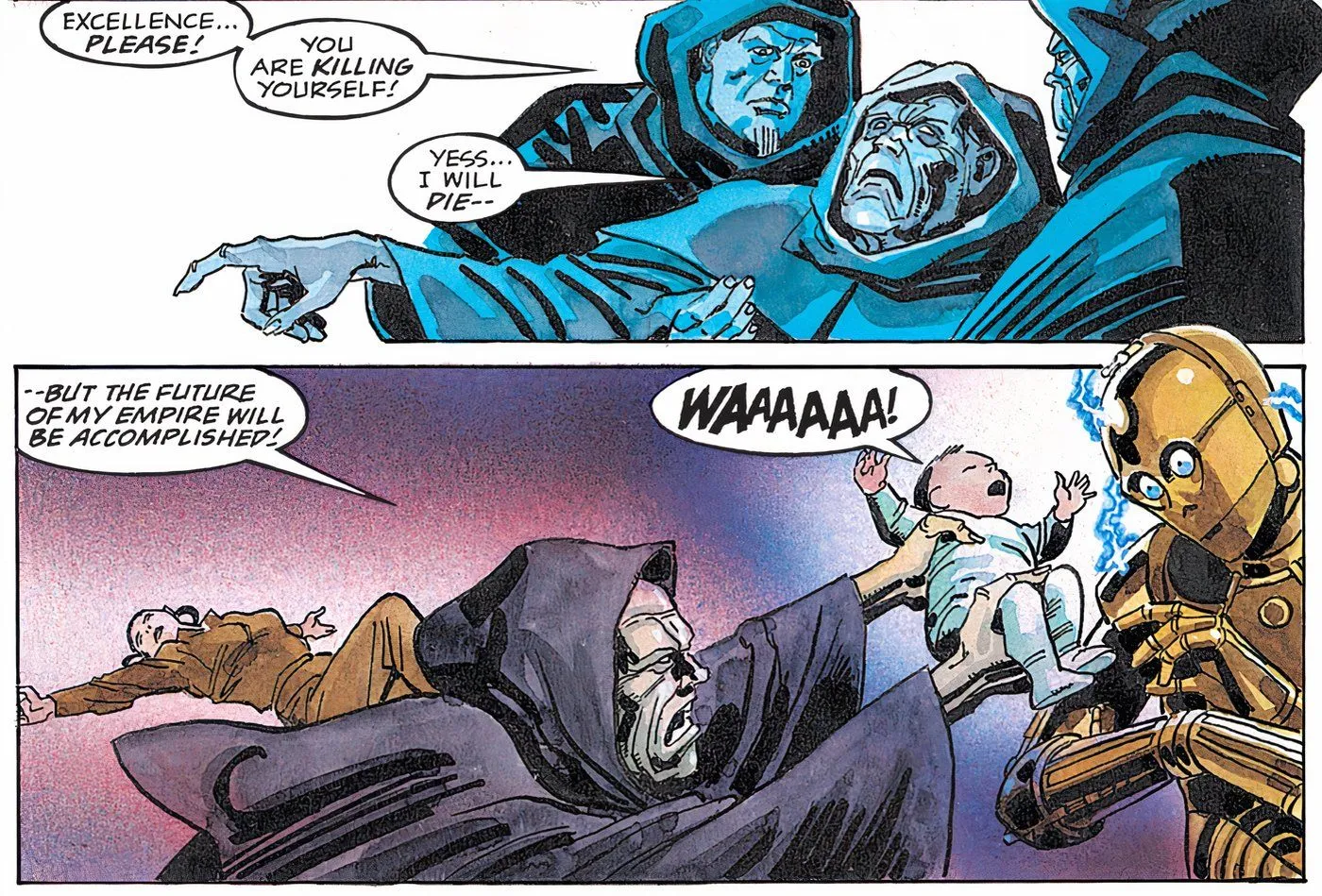
In The Rise of Skywalker, Palpatine’s strategy was to lure Rey to Exegol to claim her as his vessel. Although Rey’s lineage as Palpatine’s granddaughter was revealed within that film, it lacked the carefully constructed echoes renowned in Star Wars storytelling.
In Legends, however, Palpatine sought to claim Leia’s newborn son, Anakin Solo, as his host. This narrative touches on a deeper cyclical nature, especially if one considers that Palpatine’s original intent was to bring Anakin Skywalker to fruition via the Force. Thus, his idea of possessing a new “Anakin” creates a richer, more consistent storyline than the sequel’s version.
5
Star Wars Legends Gave Palpatine a More Personal Connection to Luke Skywalker
Emperor Palpatine Actually Corrupted Luke Skywalker, Creating a More Intense Rivalry
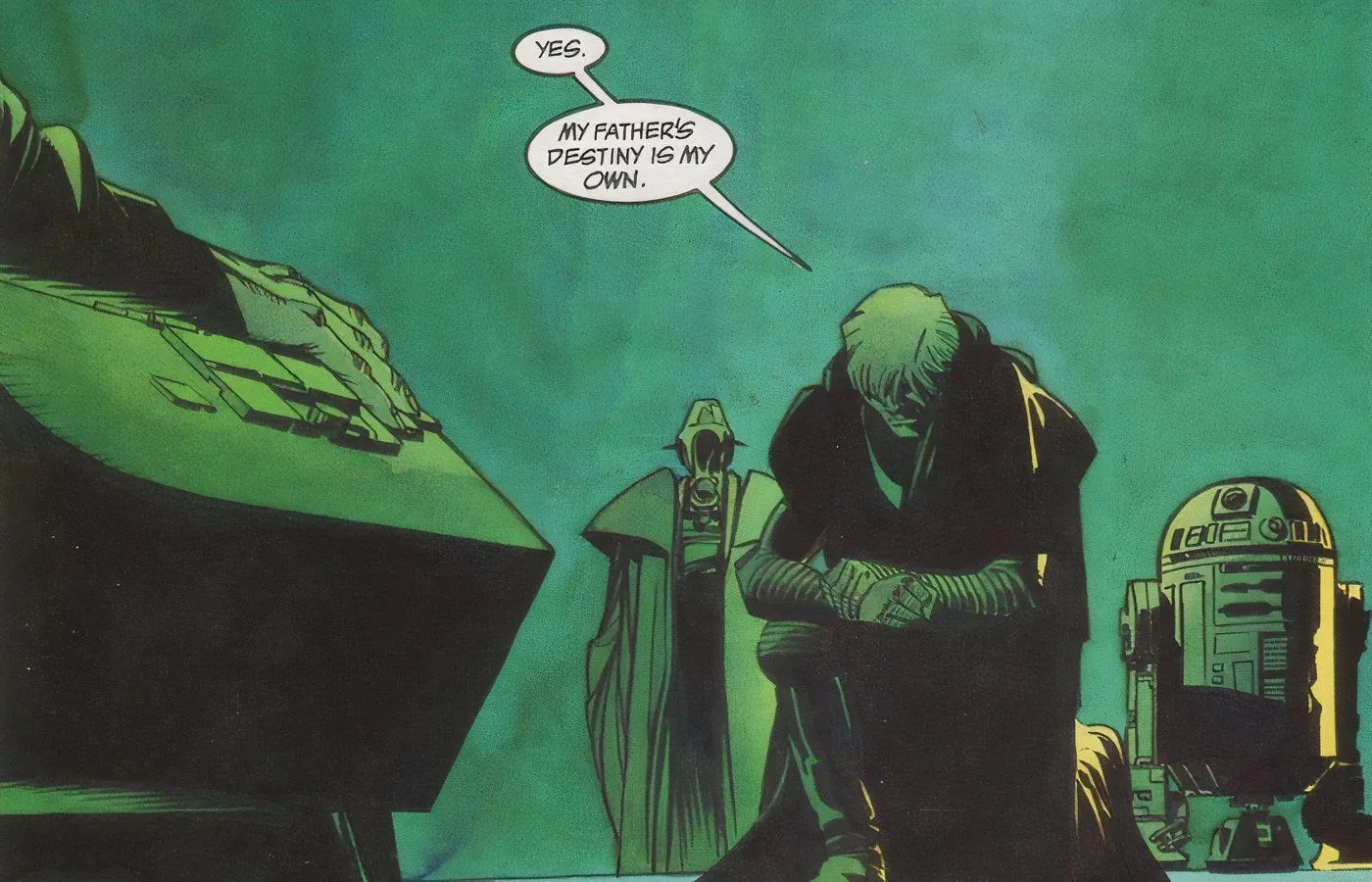
Throughout the Star Wars trilogies, Palpatine has dominated the role of the primary antagonist; however, the personal connection to Luke Skywalker felt minimal. In the original trilogy, Luke primarily battled against Darth Vader—his father and a deeply personal foe. Unfortunately, in the sequel films, Luke’s encounter with Palpatine’s revived form was virtually non-existent.
In the Dark Empire Trilogy, this dynamic shifts significantly. Luke not only faces Palpatine but also becomes his apprentice, leading to a deeper, more intricate relationship fraught with tension and stakes. This personal connection elevates the significance of their eventual confrontation.
4
Star Wars Legends Provided the Epic Lightsaber Duel Fans Wanted
Emperor Palpatine and Luke Skywalker Engaged in a Climactic Lightsaber Duel
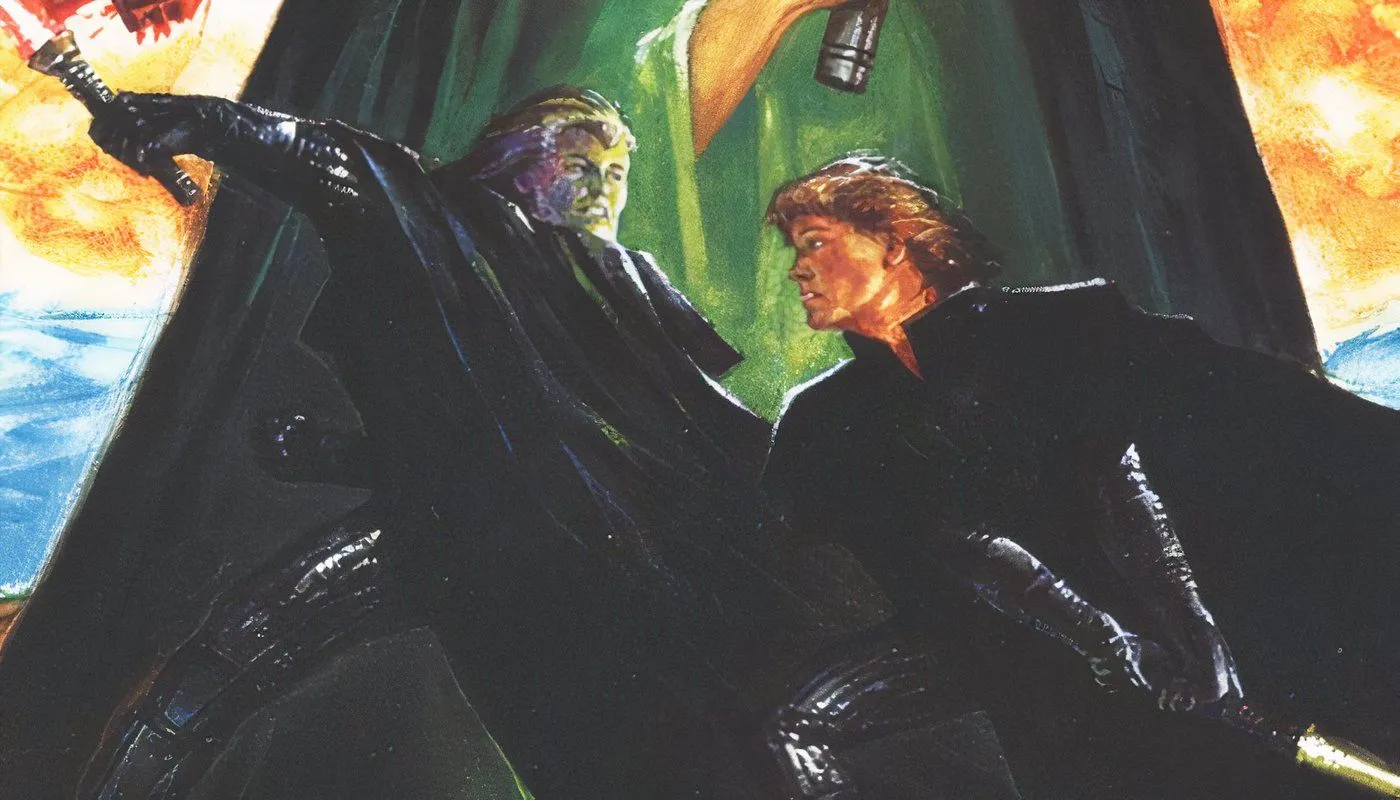
Remarkably, the Star Wars films failed to deliver a lightsaber clash between Luke Skywalker and Emperor Palpatine—not once, but twice. In Return of the Jedi, Palpatine merely attacked Luke with Force-lightning, while in The Rise of Skywalker, Luke had already perished. As the ultimate hero of Star Wars, Luke Skywalker deserved a decisive confrontation with his greatest nemesis.
Legends rectify this oversight by granting fans multiple exhilarating lightsaber duels between Palpatine and Luke, showcasing their conflict in captivating detail. Notably, during one duel, Luke triumphantly severed Palpatine’s hand, capturing the series’ thematic essence perfectly.
3
Star Wars Legends Provided Compelling Insights Into Palpatine’s Character
Emperor Palpatine Was More than the Maniacal Villain the Films Portray Him As
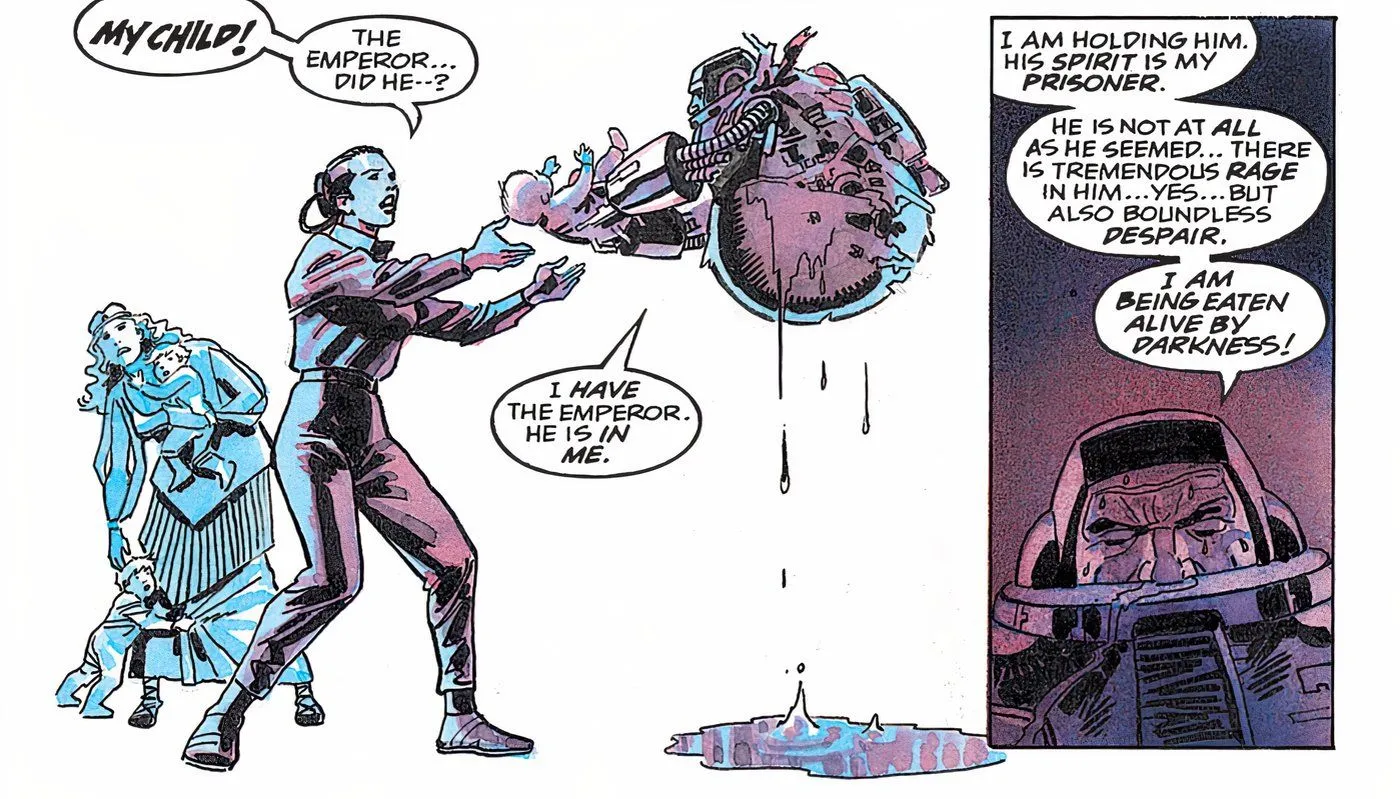
The cinematic portrayal of Emperor Palpatine often hinted at a rather one-dimensional villain—power-hungry, ruthless, and sadistic. His affinity for cruelty became a defining trait; however, Star Wars Legends fleshes him out considerably.
Legend’s narrative introduces a Jedi named Brand who connects with Palpatine’s spirit, unveiling a more nuanced mental landscape. It is revealed that Palpatine is not merely a being of evil glee but is further shrouded in feelings of despair—a notion that adds depth to his character and aligns him more closely with the experiences of the Sith.
2
Star Wars Legends Made Palpatine’s Ultimate Demise More Poetic
Emperor Palpatine Faces His End at the Hands of a Survivor of the Great Jedi Purge
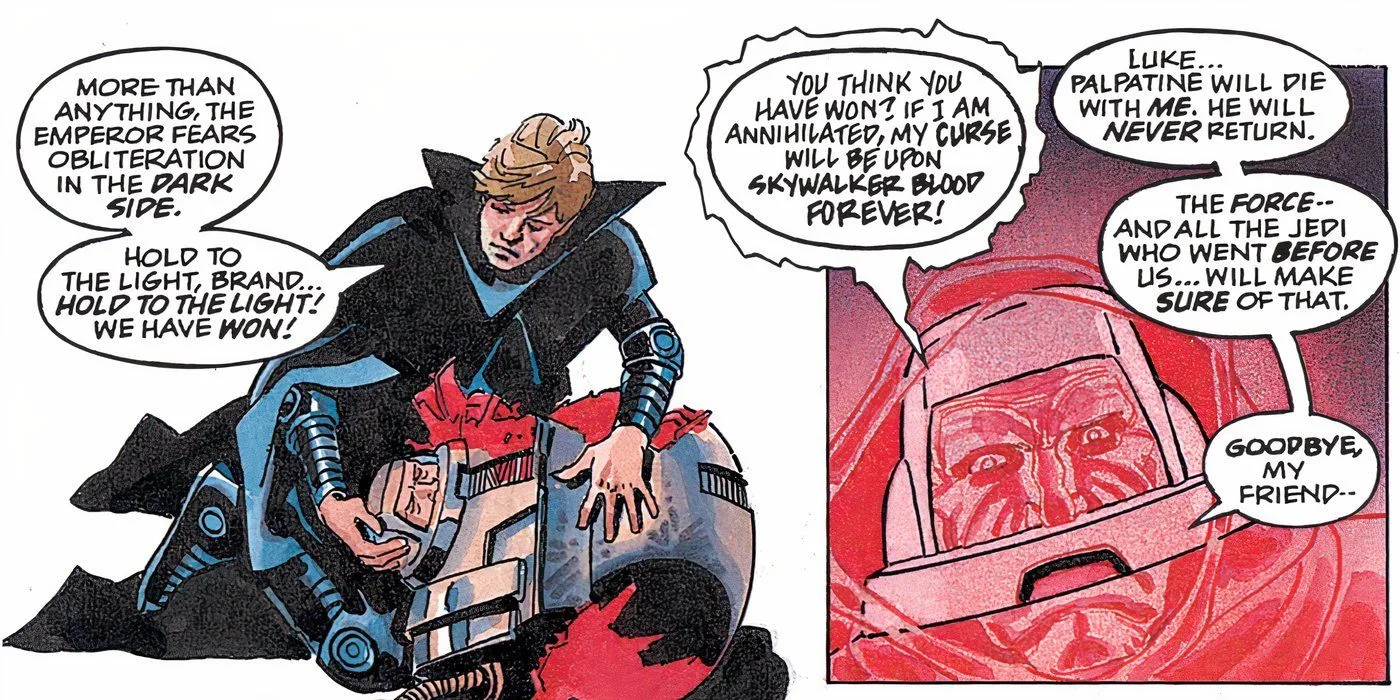
In the films, Palpatine’s death is a dramatic tableau involving Rey channeling the combined power of past Jedi, leading to a spectacular yet somewhat detached conclusion. While many voices united to obliterate him, this moment felt less personal and lacking in impact.
In Legends, a character named Brand delivers the final strike against Palpatine. By absorbing Palpatine’s essence in a sacrificial act, Brand not only defeats the Emperor but also ties the ending back to the legacy of the Jedi, making the moment historically significant and profoundly impactful.
1
Star Wars Legends Clearly Defined Palpatine’s Fate After Death
Emperor Palpatine Will Never Return Again as His Spirit is Sent to a ‘Sith Hell’
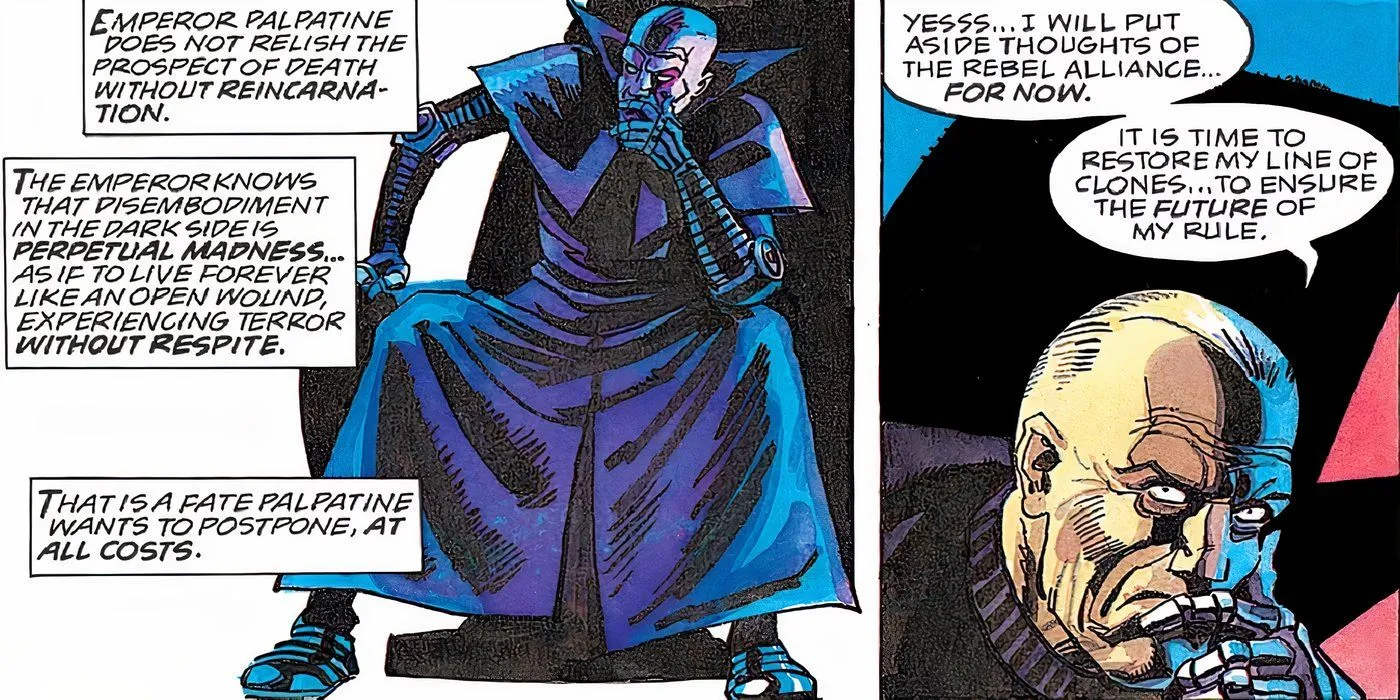
Many fans are left speculating about Emperor Palpatine’s fate after he perished in The Rise of Skywalker. Unfortunately, the sequel trilogy does not provide clarity. In contrast, Legends vividly illustrate Palpatine’s end, reflecting a fate he had dreaded throughout the Dark Empire Trilogy.
In this narrative, when a Sith dies without a corporeal vessel for their essence, they descend into a torturous ‘Sith Hell’, a place of perpetual madness and fear. This ultimate outcome for Palpatine lends depth to his resurrection story and offers a more satisfying conclusion for fans.




Leave a Reply